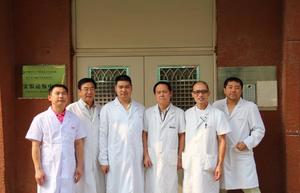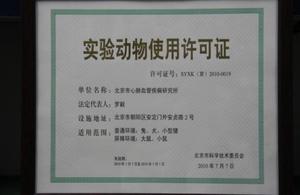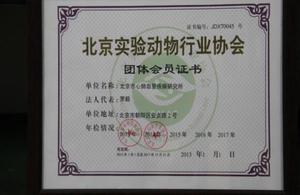Experimental Animal Research Center
Experimental Animal Research Center

Test team at the Animal Center


Qualifications of the Animal Center
As one of the service platforms, the Experimental Animal Research Center is qualified for experimental animal use, and is also a member of the Beijing Experimental Animal Industry Association. The Center has 6 employees with work licenses who are responsible for the experimental animal projects of clinical studies at institutes and hospitals. Requests from more than 30 research departments from hospitals and institutes are received annually.
This Center consists of two systems, a barrier environment and a conventional environment. The 118 m2 barrier environment includes a rat breeding room and a mouse breeding room. A directional laminar flow cabinet with isolated layers and shelves is installed in the feeding room. Each of 2 large laboratories has a 4-corner exhaust system, which can expand to animal cages or be used for various isolation experiments. Experimental tables in the laboratory are equipped with lighting and power outlets to link various experimental instruments. Each laboratory also contains an animal experiment vehicle, flat frame experimental equipment, ultraviolet lamps, and a refrigerator. The Center can assist with equipping experimental instruments according to the demands of laboratory personnel. One staff member is exclusively responsible for the daily management and coordination of the barrier environment. Telephones and intercoms within workspaces facilitate internal and external communication. The Center can facilitate rat and mice breeding and animal experiments.
The 182 m2 conventional environment comprises a disinfection room, washing room, rabbit breeding rooms, and 3 individually ventilated cage breeding rooms, which can be used for common animal experiments at small and medium levels.
At the beginning of each experiment, daily accounts for each experimental subject are established and a detailed expense list is provided at the conclusion of the experimental period. As a result, researchers have a reasonable idea of research funds.




